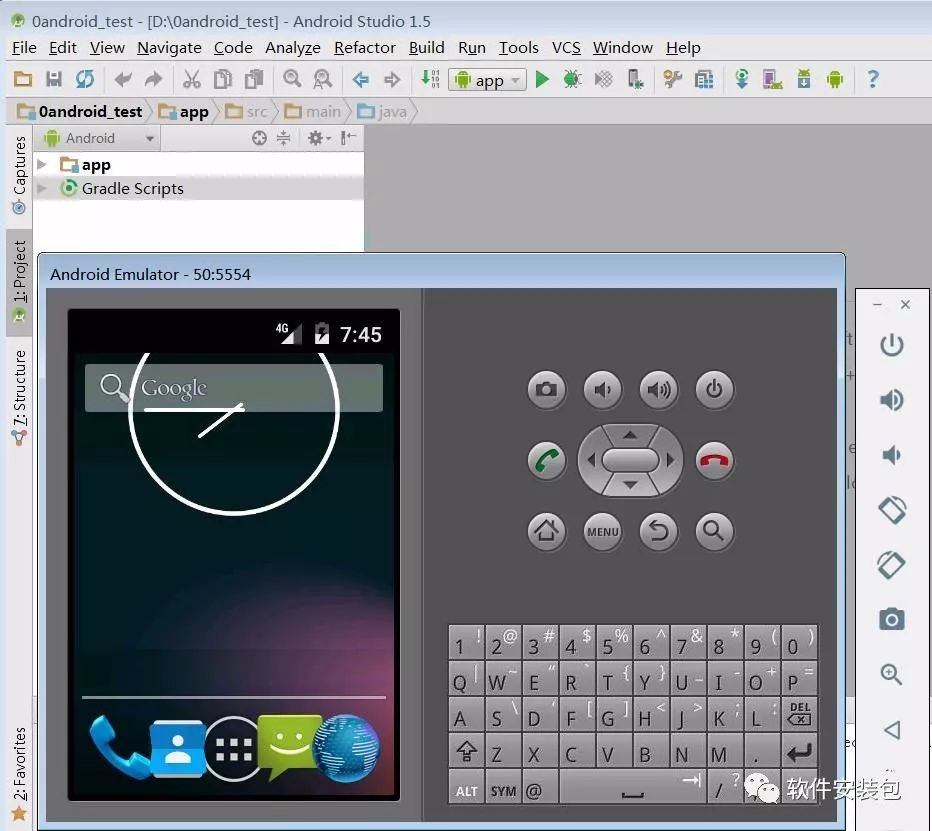Download Link for Android Studio:
Link: pan.baidu.com/s/1VnJS7JFSOZfQpC1GmTyJeA
Password: 7gvp
If you encounter issues during installation, please consult QQ: 236346343
Software Introduction:
Android Studio is a new Android development environment based on IntelliJ IDEA, similar to the Eclipse ADT plugin. Android Studio provides integrated Android development tools for development and debugging.
Installation Method:
1. Install JDK and configure environment variables.
1. Choose the JDK installation based on your computer system type. The test computer is a 64-bit system, so double-click jdk-8u131 suitable for 64-bit systems.exe.
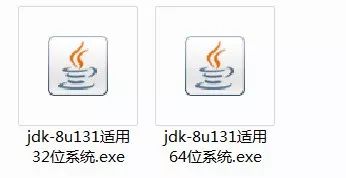
2. Click Next.
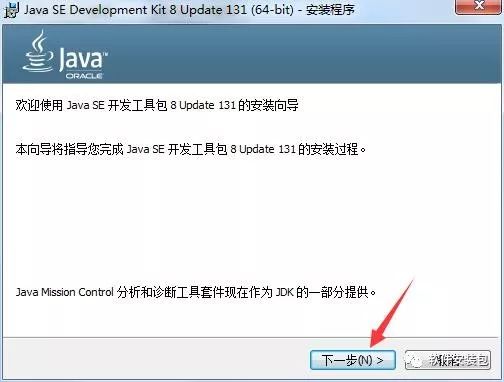
3. Click Change to select the installation path. I will install it to drive D, so I just change the letter C to D, and then copy the changed installation path (use Ctrl+C to copy). You can save the copied installation path in Notepad, as it will be needed later for environment variable configuration. The copied installation path is D:\Program Files\Java\jdk1.8.0_131\
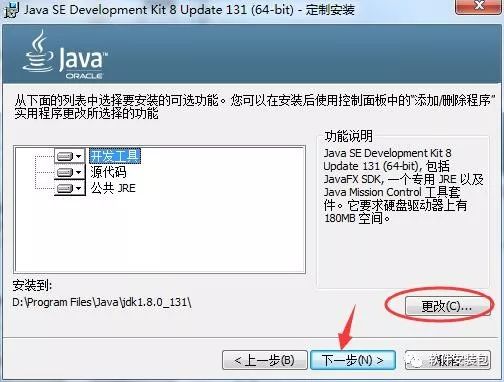
4. Wait for the installation.
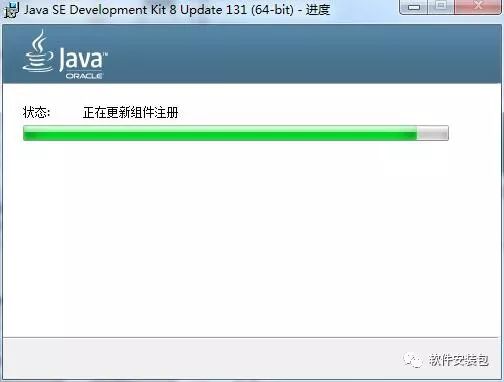
5. It is recommended to create a folder named jre1.8 under D:\Program Files\Java (since I previously chose to install it to drive D). If you installed it on another drive, you can create a folder named jre1.8 under the Program Files\Java folder on that drive. Then click Change to select the newly created jre1.8 folder, and click Next.
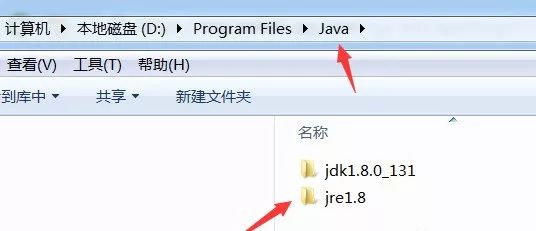
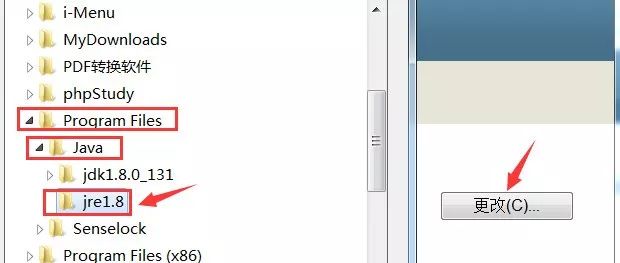
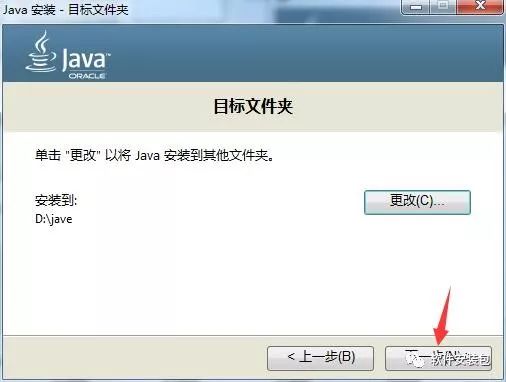
6. Wait for the installation.

7. Click Close.
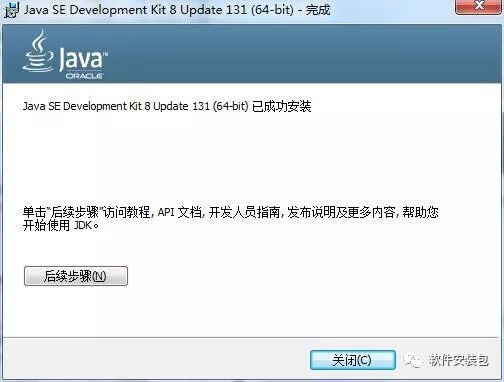
8. After installing JDK, configure the environment variables. Right-click on “Computer”. Click “Properties”.
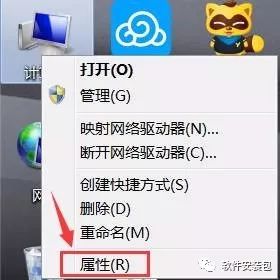
9. Click “Advanced system settings”.
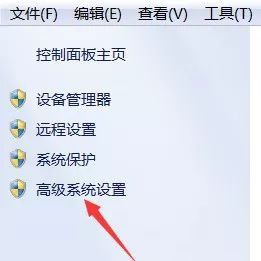
10. Click “Advanced”, then click “Environment Variables”.
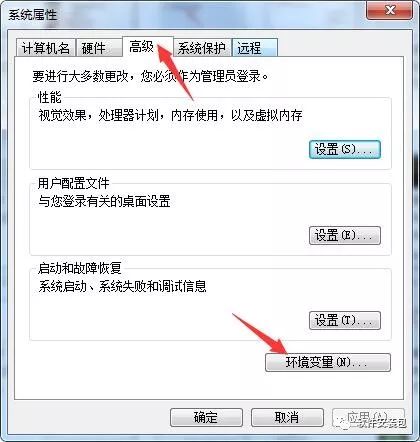
11. Click New. Enter JAVA_HOME as the variable name, and the installation path copied from step 3 as the variable value. D:\Program Files\Java\jdk1.8.0_131\
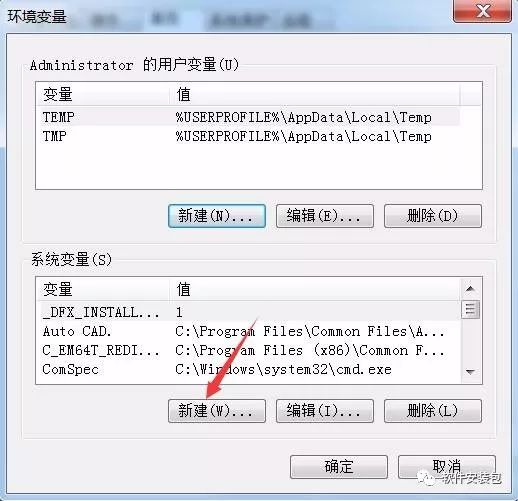
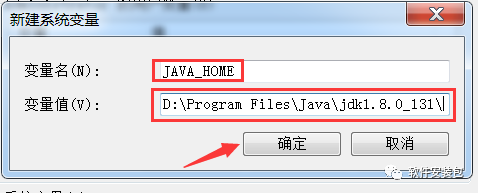
12. Click New again. Enter CLASSPATH as the variable name.
Enter the variable value.;%JAVA_HOME%\lib\dt.jar;%JAVA_HOME%\lib\tools.jar
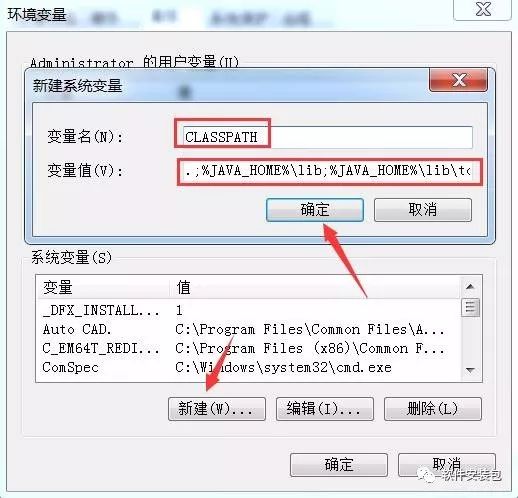
13. Find Path in system variables, and click Edit.
Enter the variable value %JAVA_HOME%\bin;%JAVA_HOME%\jre\bin;
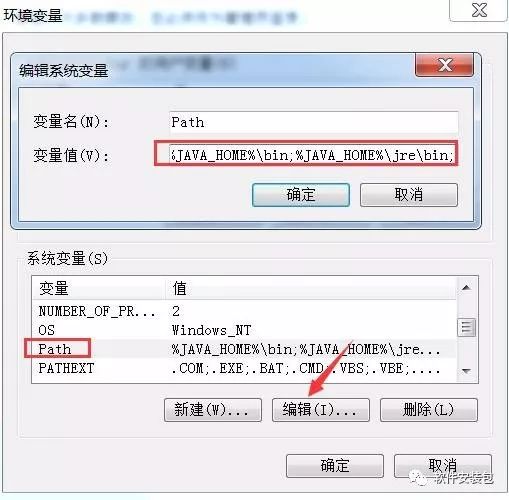
Finally, remember to click OK
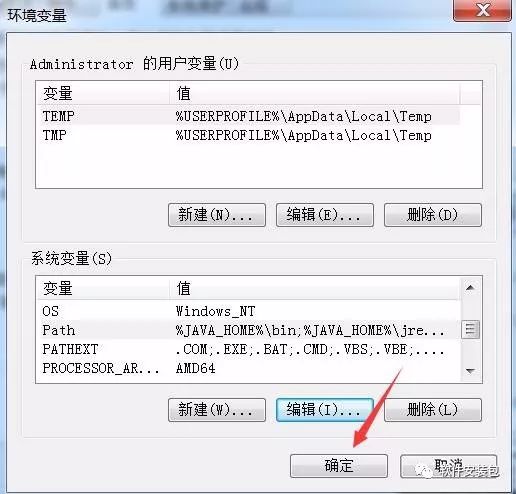
14. Check if JDK is installed successfully. Press the “WIN key + R key” on the keyboard. Enter “cmd”. Click OK.

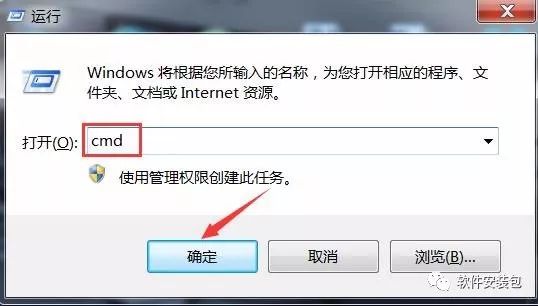
15. Enter the command: java -version (there is a space between java and -version), and try the commands java, javac (if any one fails, it indicates JDK environment configuration failed). If all show normal, it means configuration is successful!
When entering java -version, the success image is as follows:
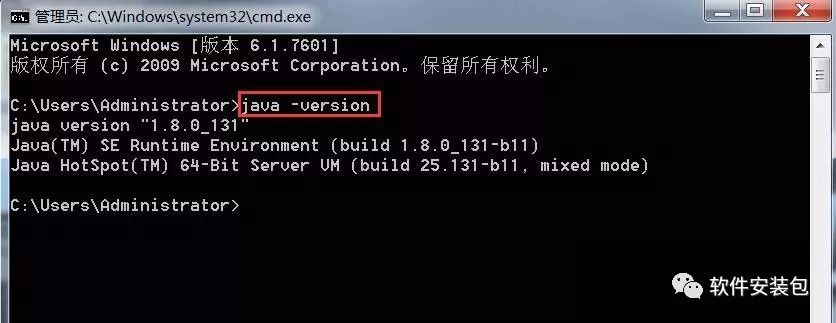
When entering java, the success image is as follows:
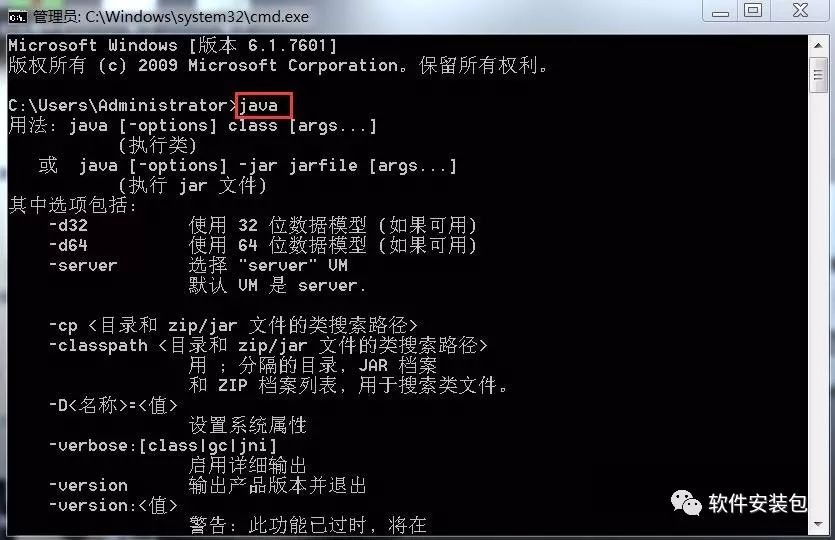
When entering javac, the success image is as follows:
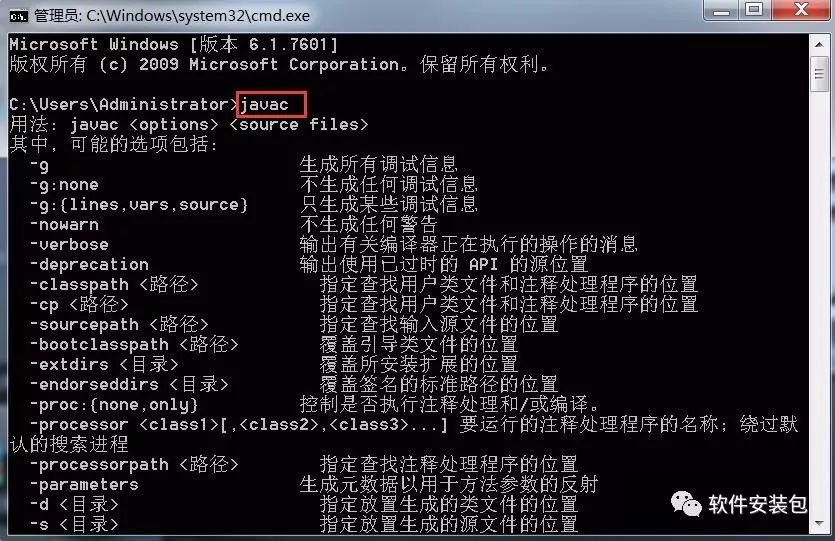
2: Unzip the SDK files.
Place the unzipped SDK files in the root directory of drive D or another drive. Note that the unzipped path should not contain Chinese characters, and disk space should be more than 20G.
1. Create a new folder named sdk in drive D or another drive.
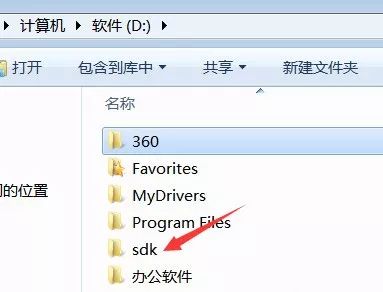
2. Right-click the sdk file, select Unzip to (F)…
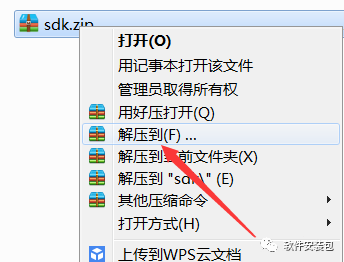
3. Choose the unzipping path as the sdk folder created earlier, I choose D:\sdk (copy this path for later modification of environment variables), wait for the unzipping to finish before proceeding to the next step.
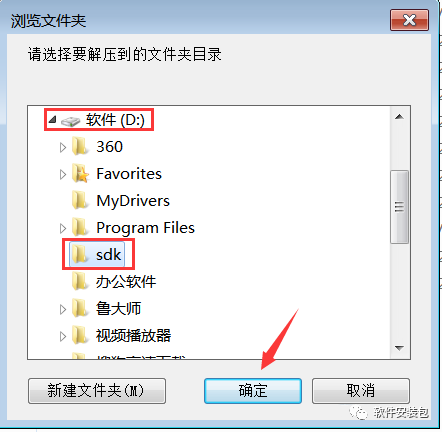
4. Right-click on “Computer”. Click “Properties”.
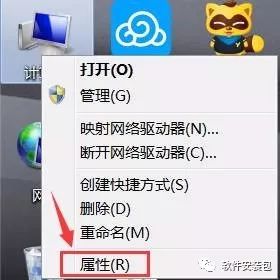
5. Click “Advanced system settings”.
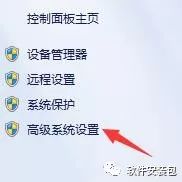
6. Click “Advanced”, then click “Environment Variables”.
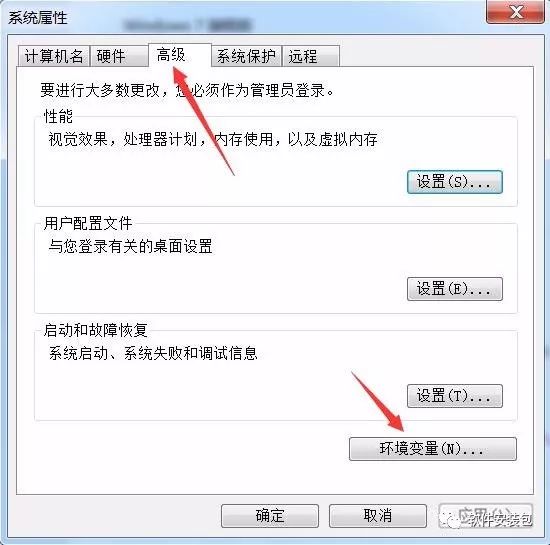
7. Click New. Enter ANDROID_SDK_HOME as the variable name, and the path from step 3 as the variable value. D:\sdk
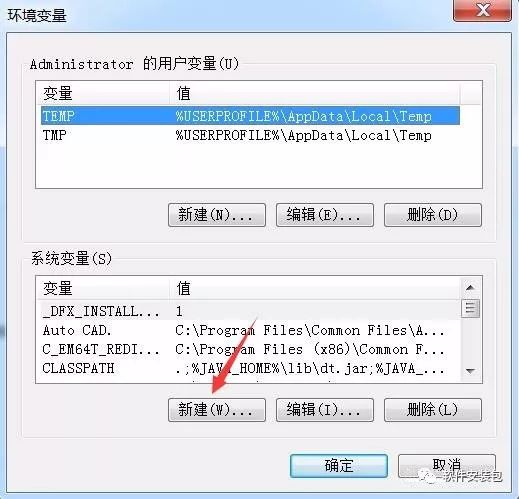
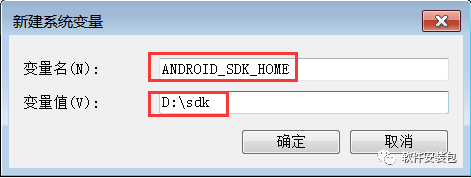
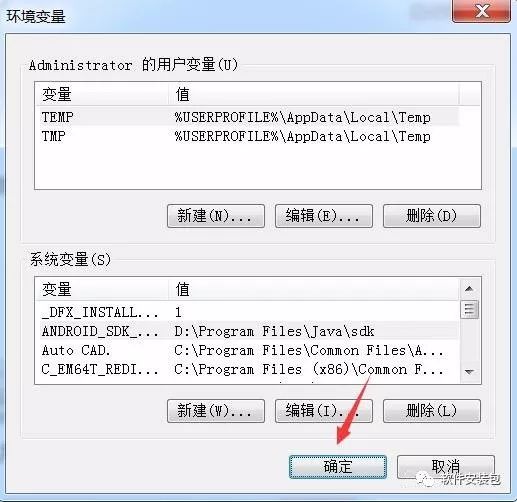
3: Installing Android Studio.
1. Double-click to open the Android Studio installation package.
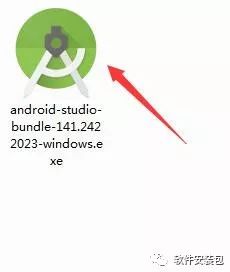
2. Click Next
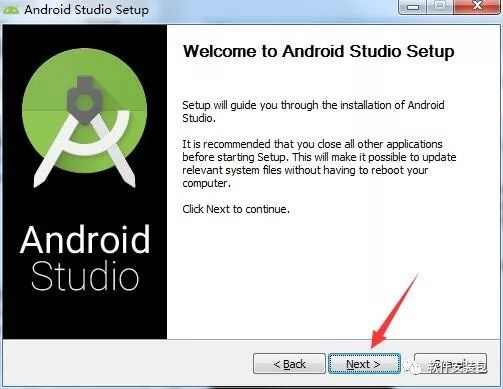 3. Do not check Android SDK, click Next
3. Do not check Android SDK, click Next
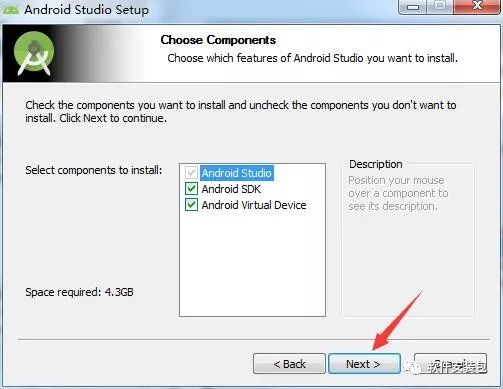
4. Click I Agree
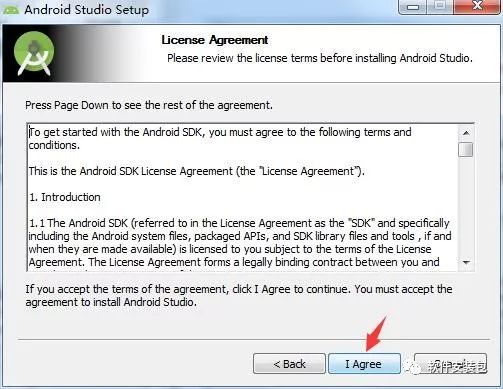 5. Click Browse to select the sdk folder created earlier in drive D or another drive.
5. Click Browse to select the sdk folder created earlier in drive D or another drive.
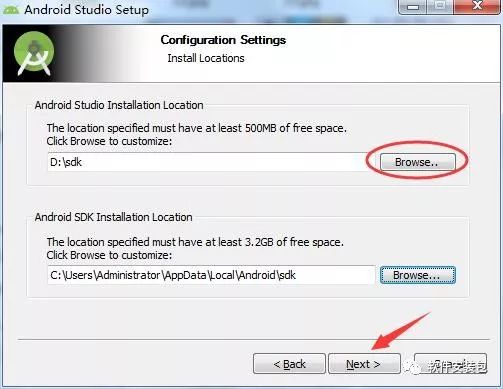
6. Click Browse to change the installation location of Android Studio, you can create a folder named AndroidStudio in drive D or another drive.
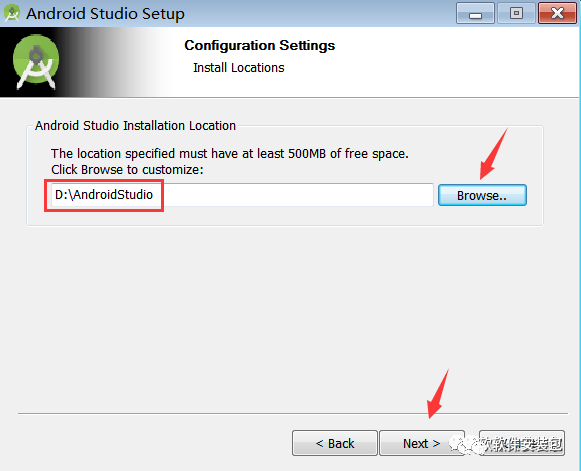
7. Click Next
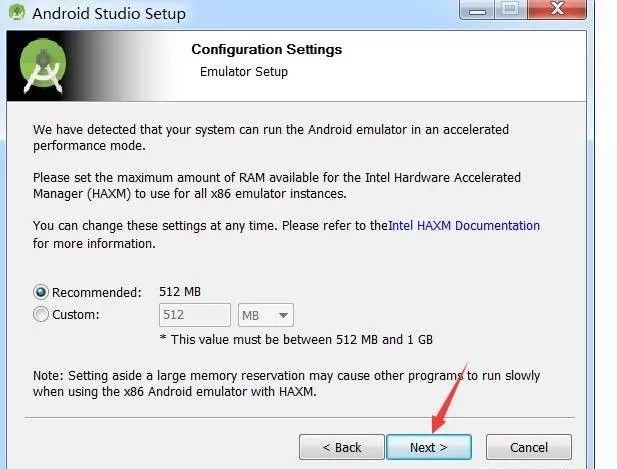 8. Click Install to start the installation.
8. Click Install to start the installation.
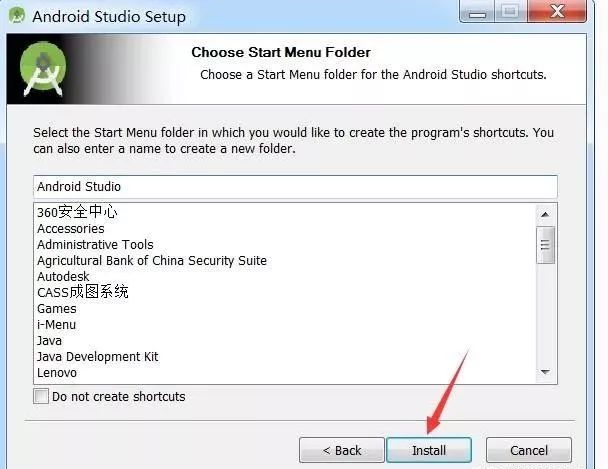
9. The installation is in progress, if you see the following prompt, click OK, and after the installation is complete, click Next.
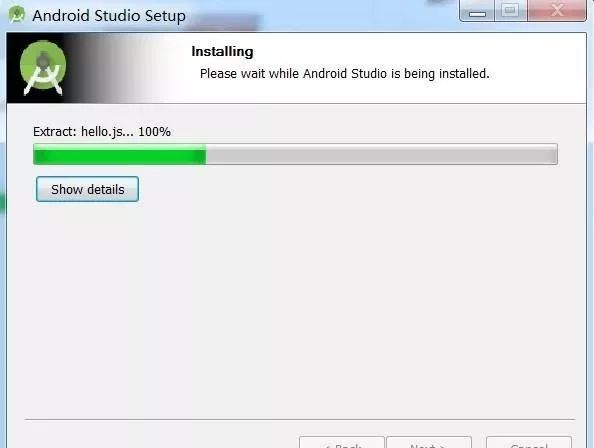
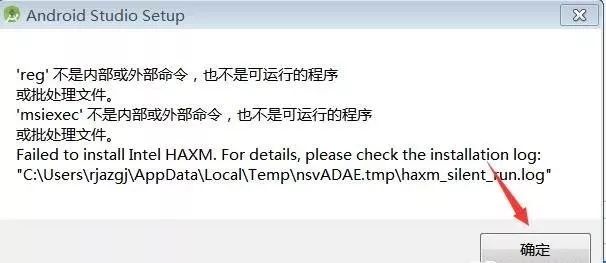
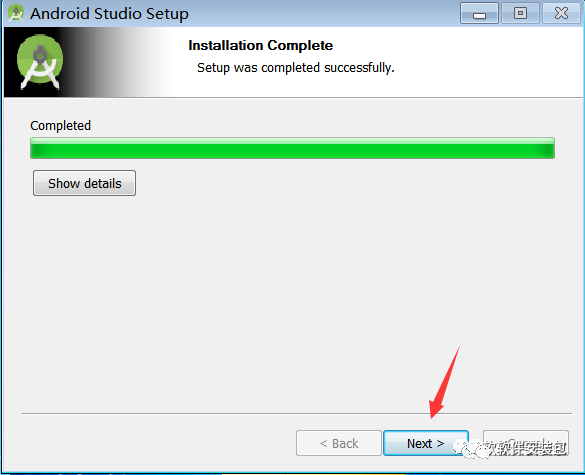
10. Click Finish
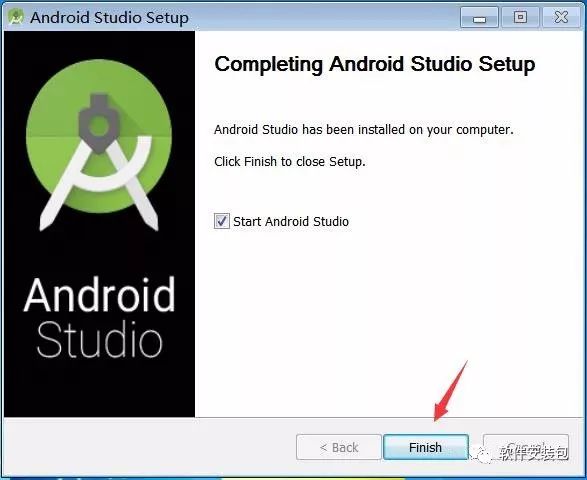
11. After opening the software, select the second option and then click OK.

12. Click Next.
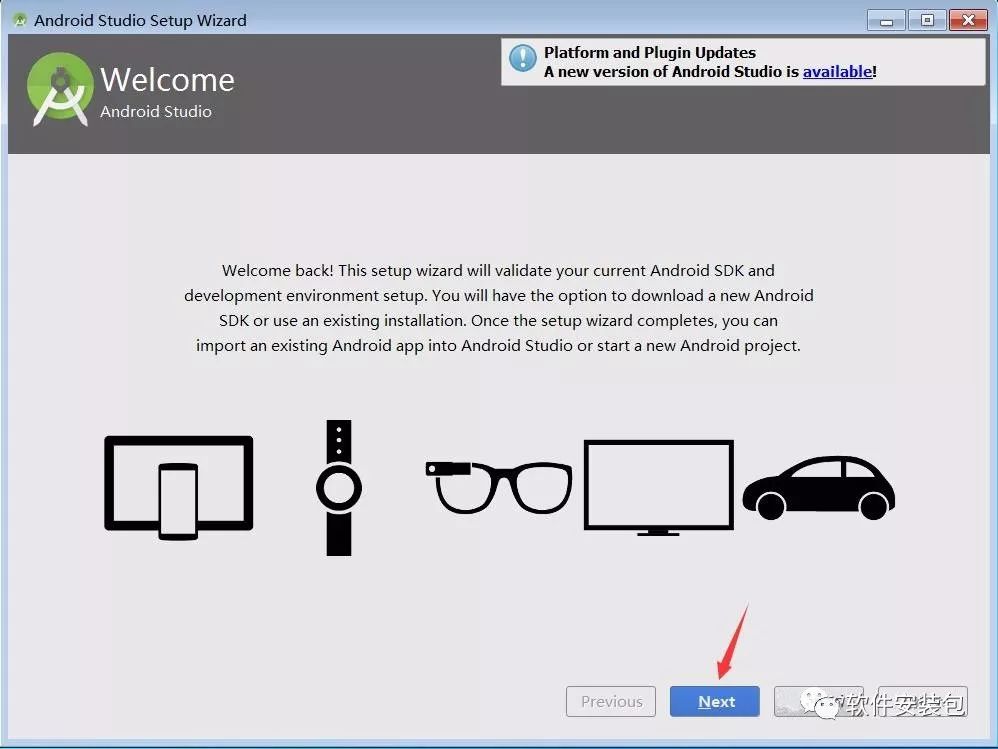
13. Choose Custom and then click Next.
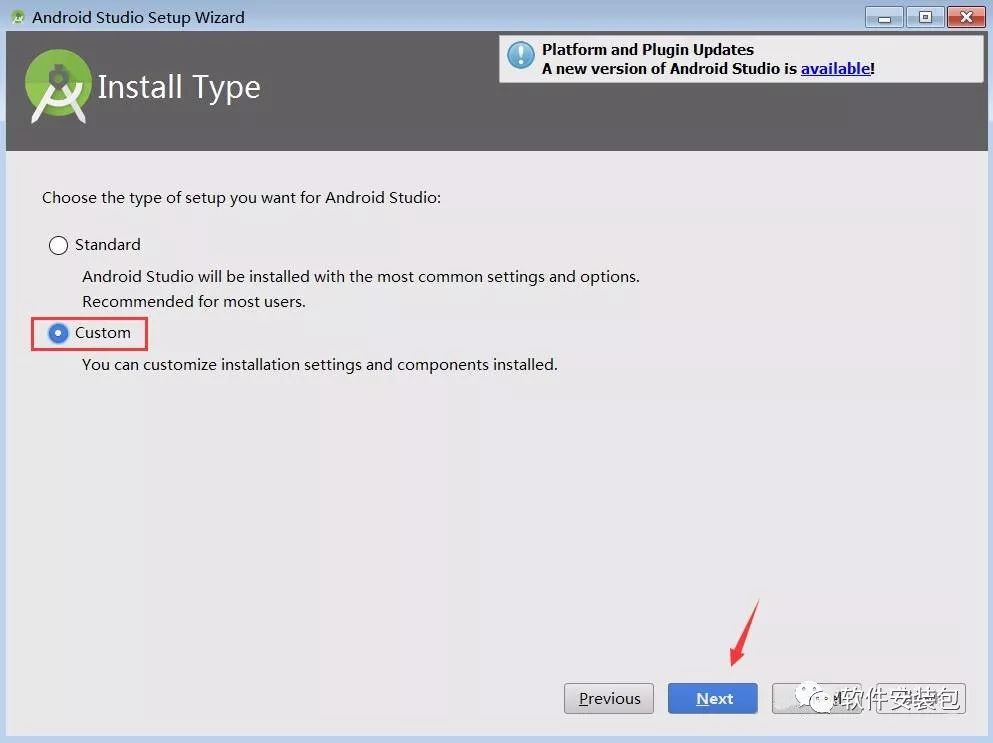
14. Click Next.
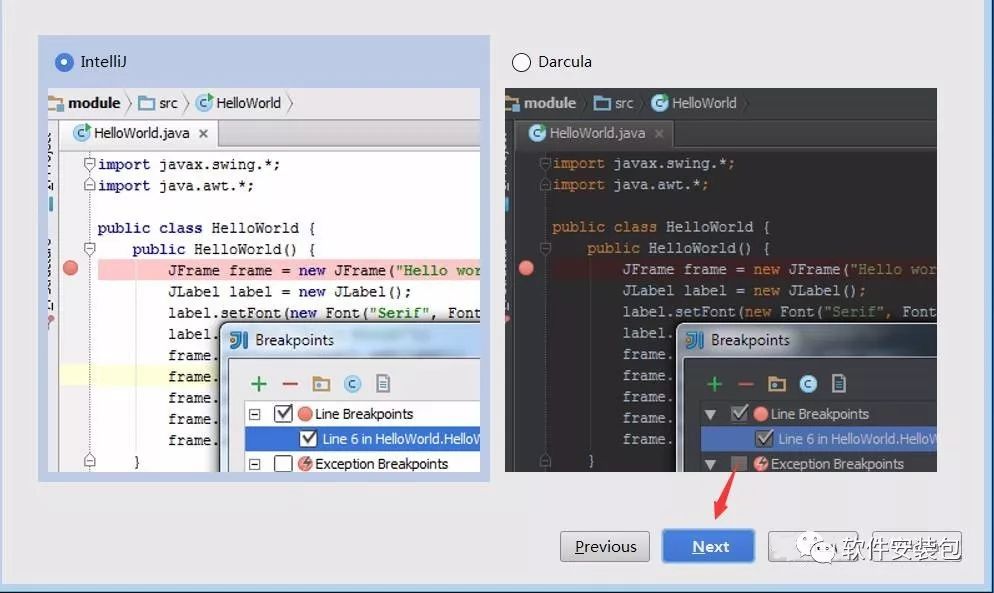
15. Click Next.
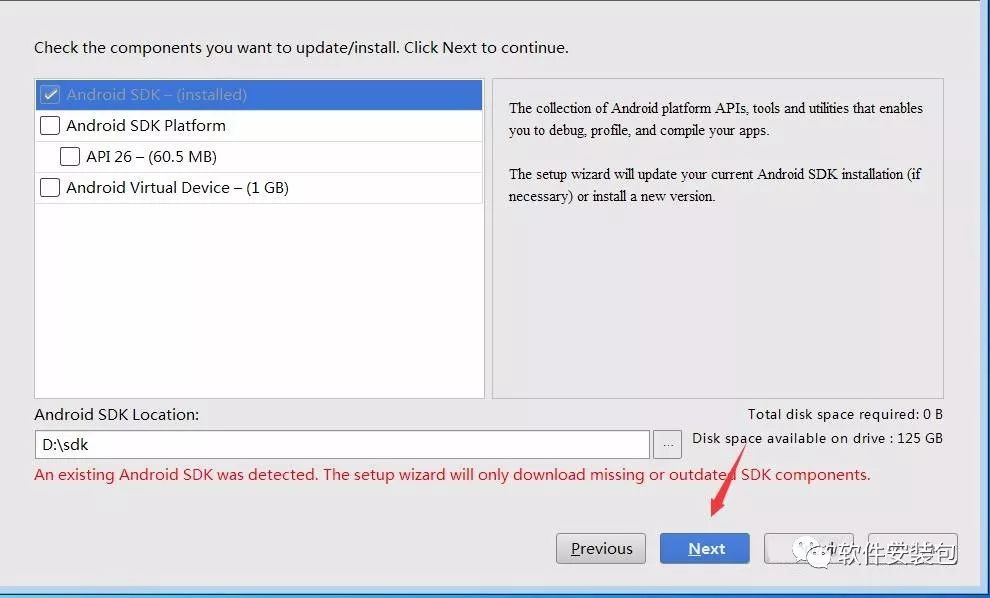
16. Click Finish.
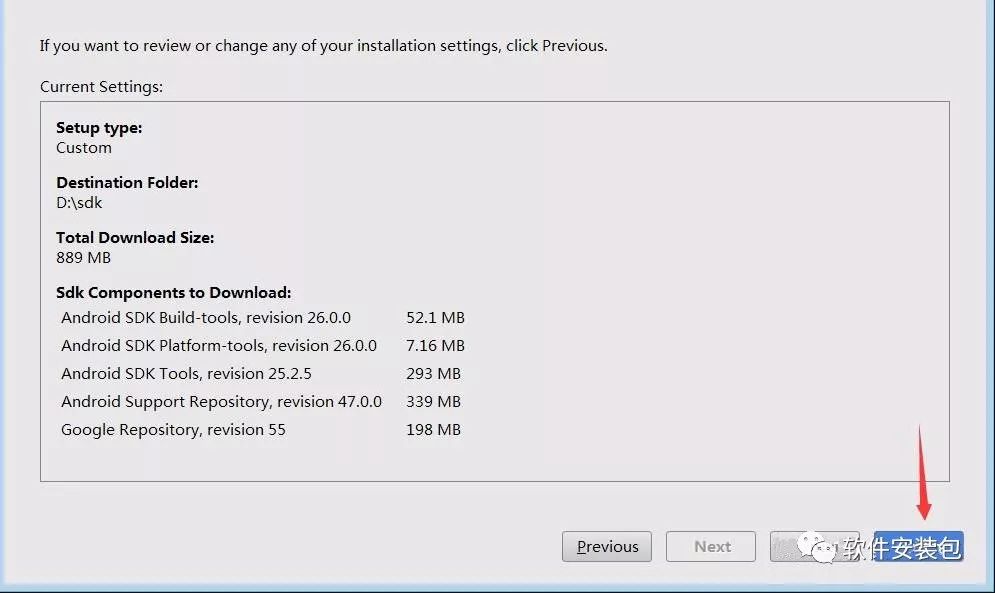
17. The progress is relatively slow, please wait a little longer.
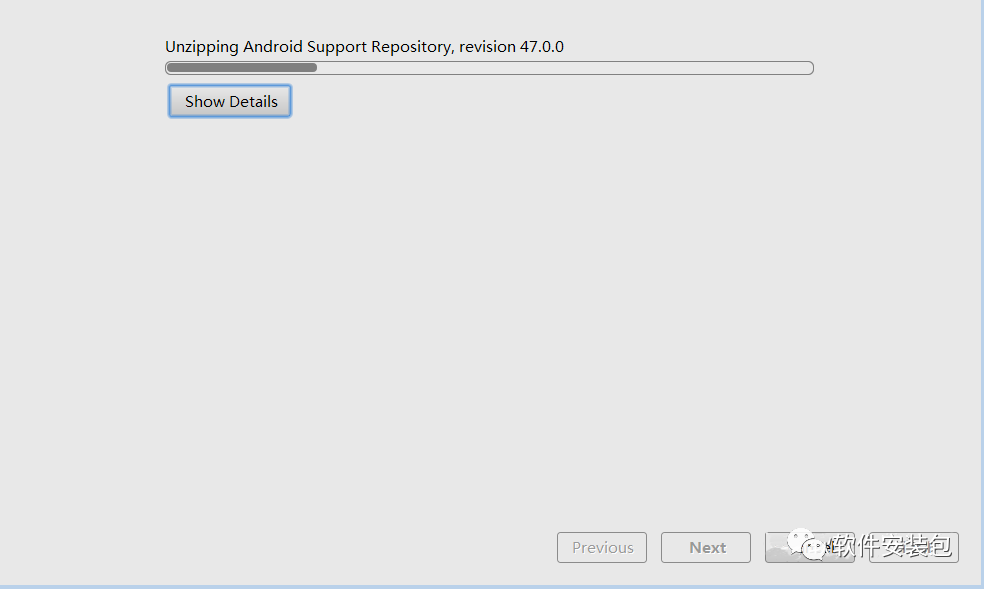
18. Click Finish.
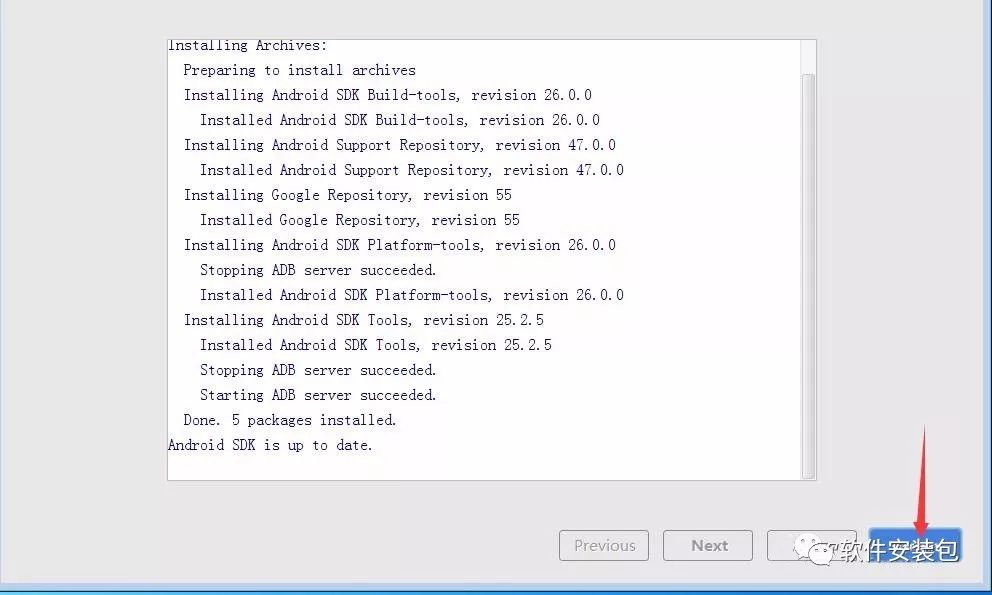
19. If there is a prompt in the upper right corner, just click close.
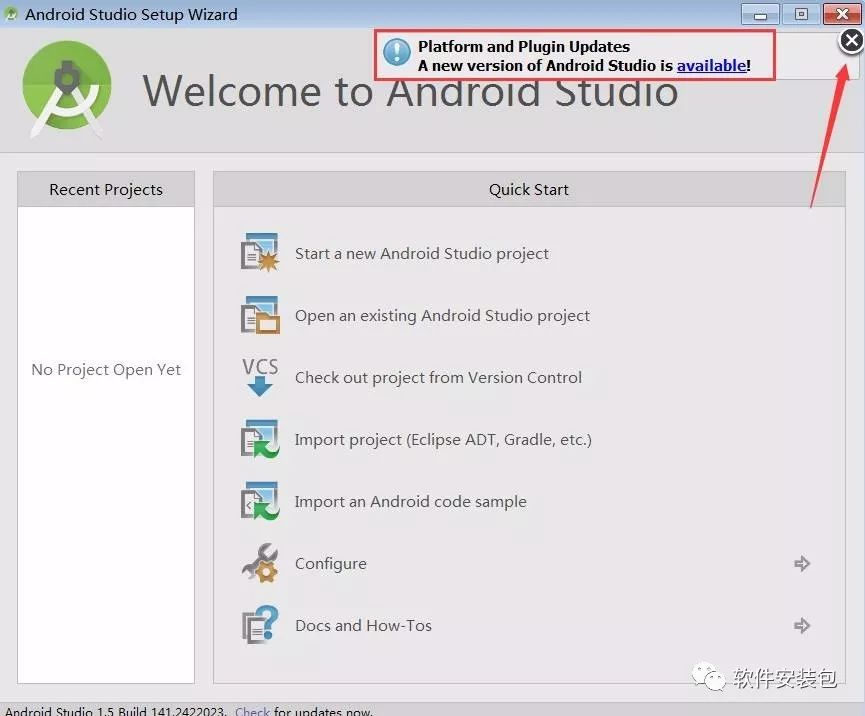
20. Find the Android Studio software icon in the Start menu under all programs, then right-click to send a shortcut to the desktop.
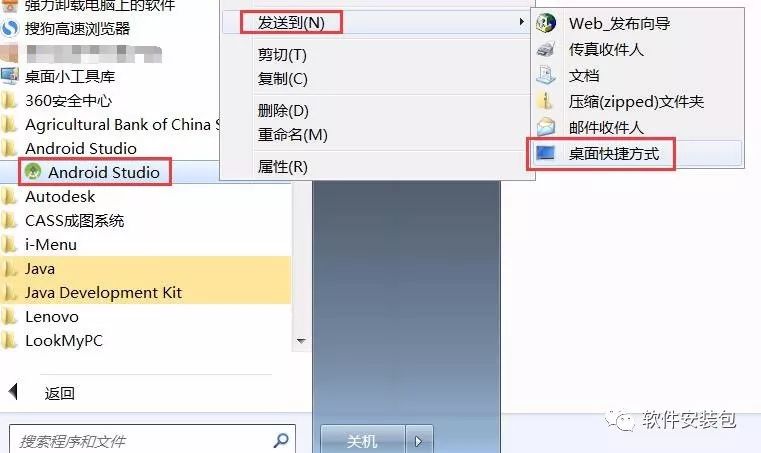
21. Installation completed.
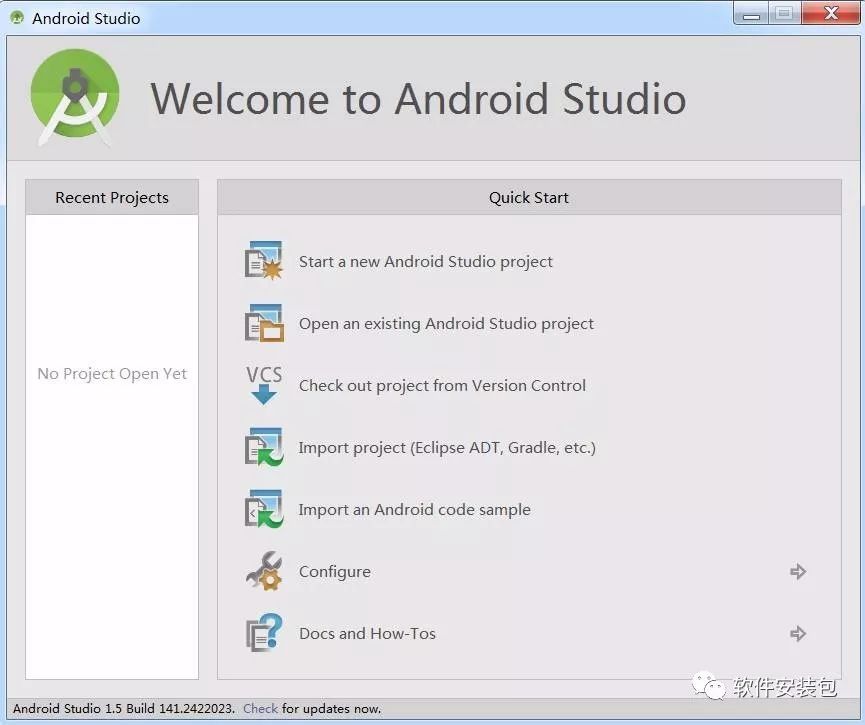
4. Configuring the SDK environment for Android Studio
1. After starting the Android Studio software, click configure in the list.
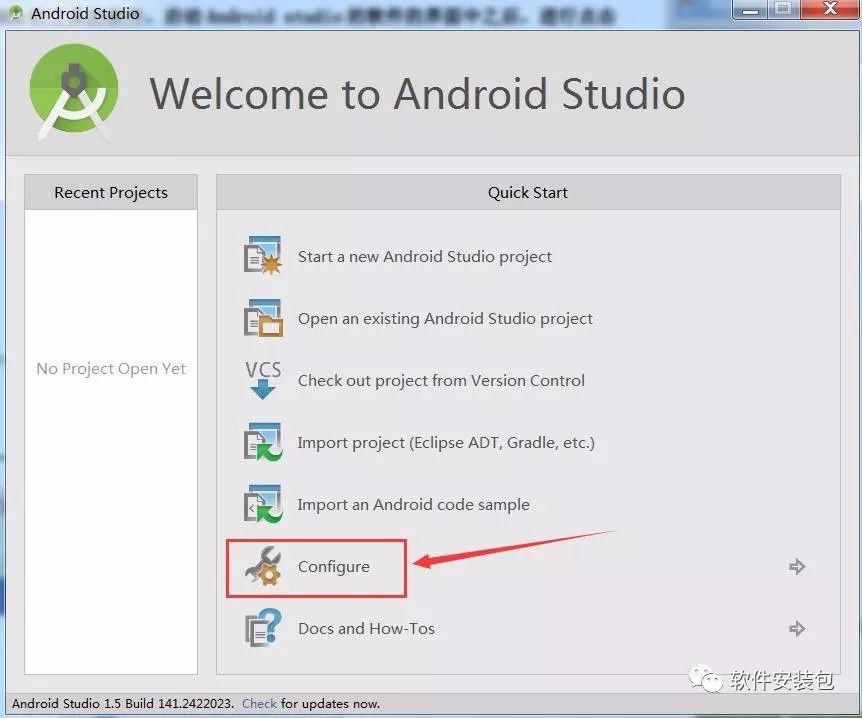
2. Click Project Defaults
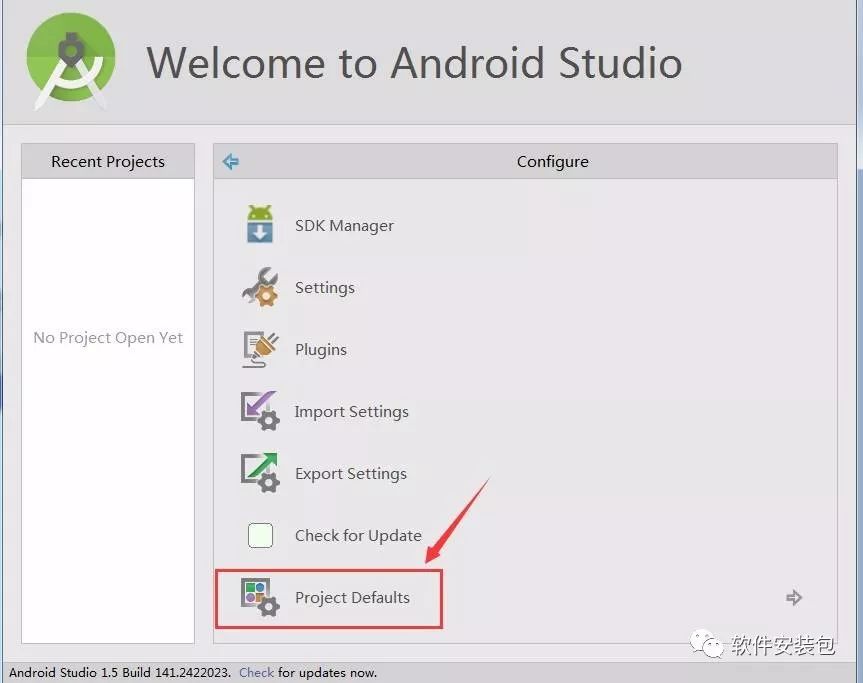
3. Click Project Structure
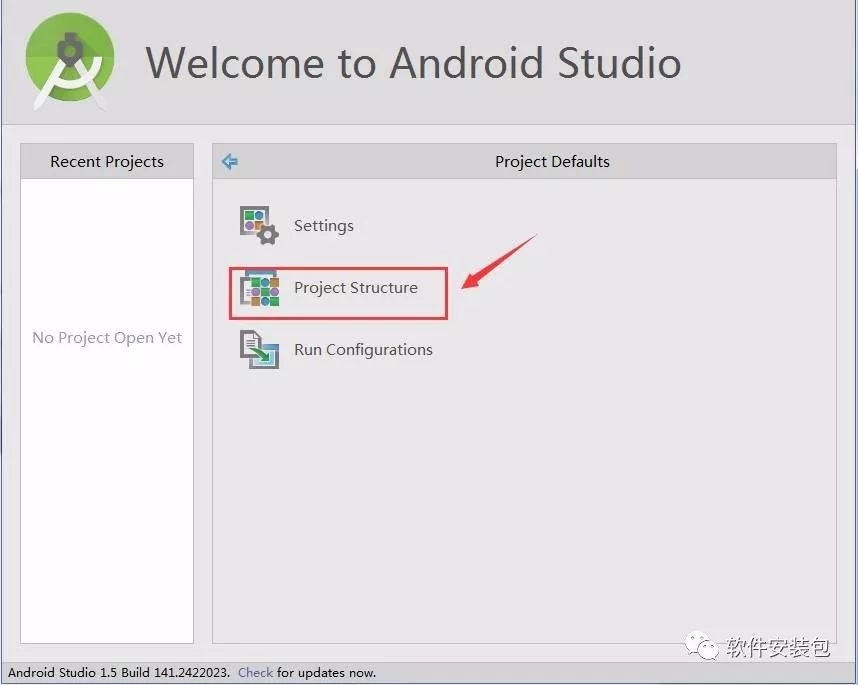
4. Reminder: If the path is already set, there is no need to reset it. In the Android sdk location input box, enter the sdk path, which is the path where the sdk was previously unzipped D:\sdk, and in the JDK location input box, enter the JDK installation path. D:\Program Files\Java\jdk1.8.0_131. Finally, click OK.
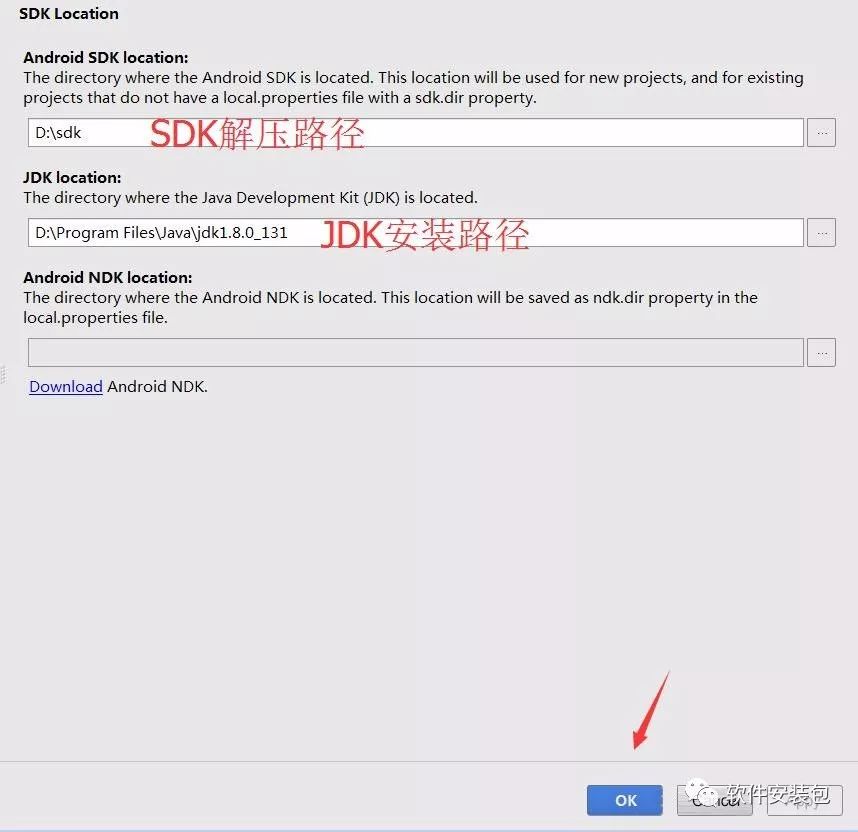
5. Open the project test file for testing.
1. Unzip the test project file.
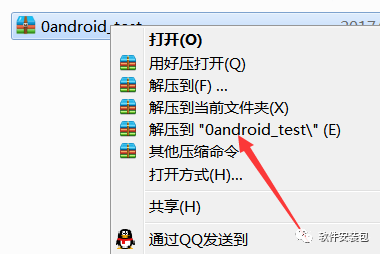
2. Click Open an existing Android Studio project.
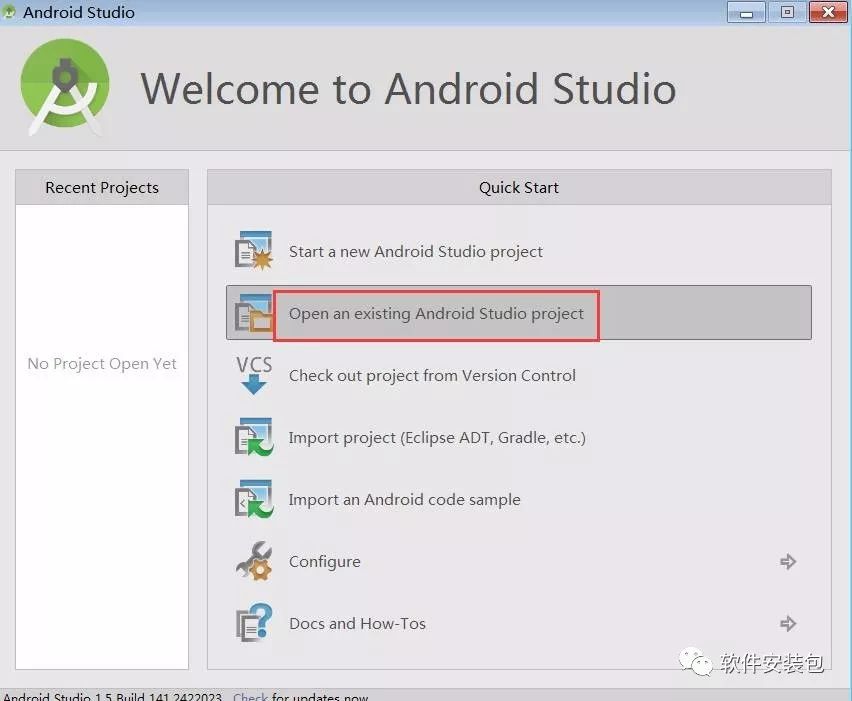
3. Select the unzipped test file Oandroid-test
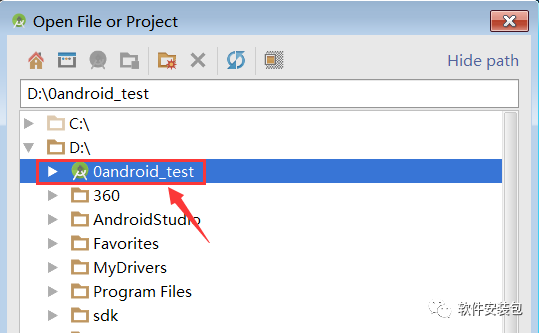
4. Click close.
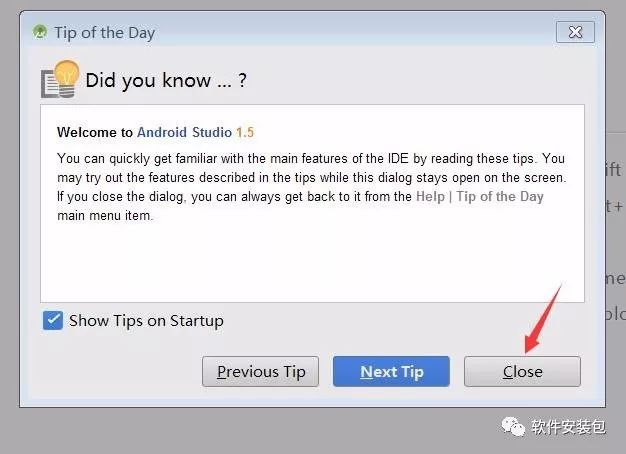
5. In the menu bar, click Run, then click Run app
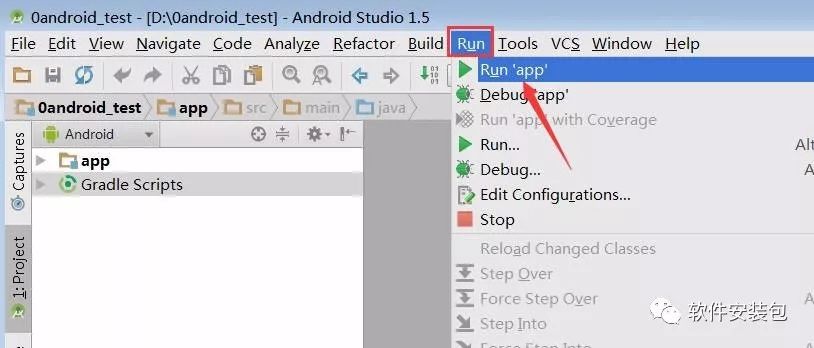
6. Click OK
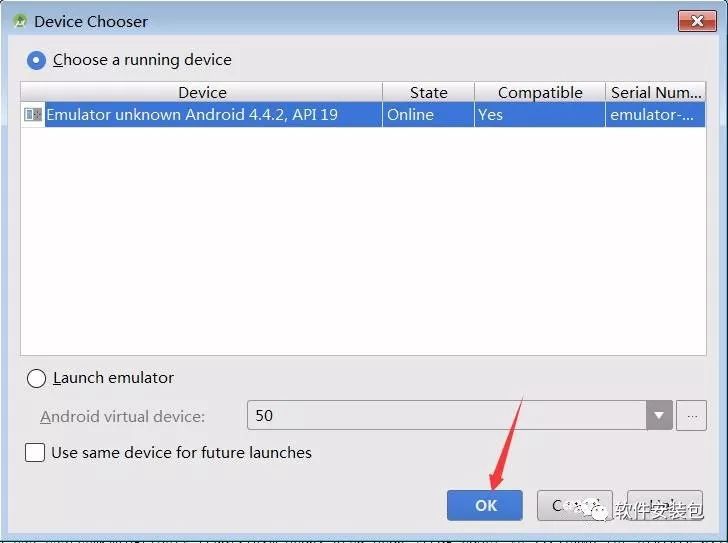
7. You can see the program starting to run.
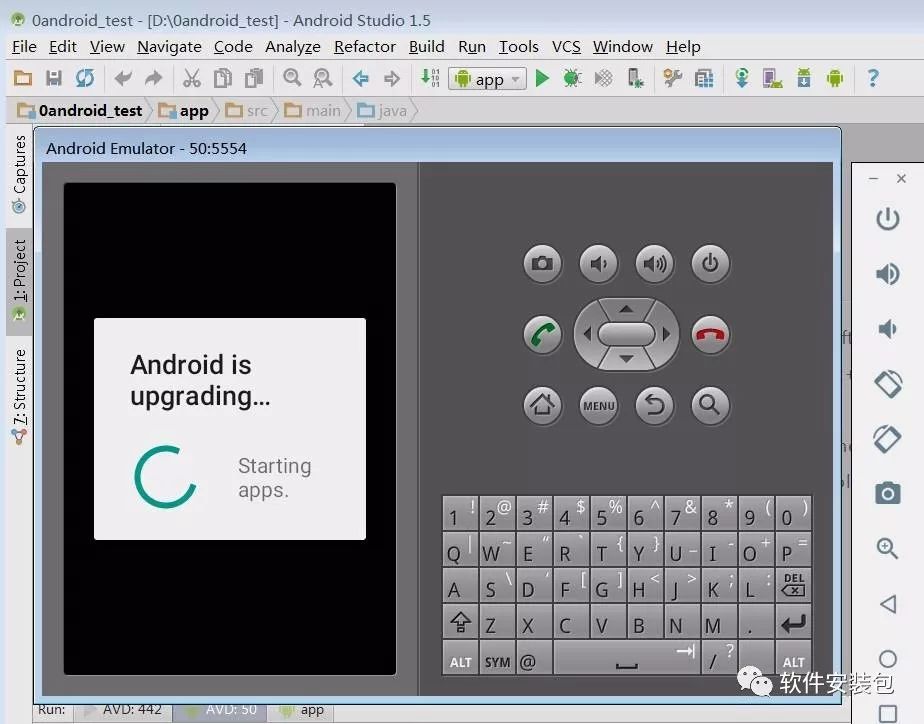
8. Installation completed.
